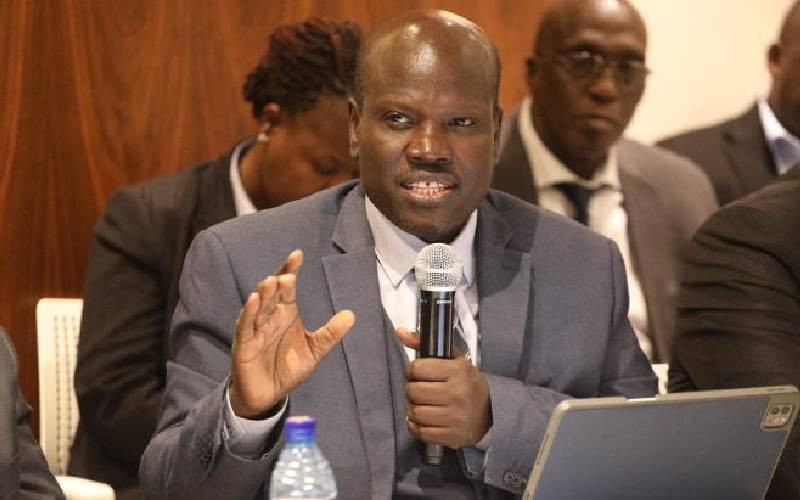×
The Standard e-Paper
Read Offline Anywhere

The new power tariff that came into effect in April last year and increased electricity consumption by Kenyans have lifted Kenya Power back to profit-making over the half year to December.
The firm also shrugged off a major hit from the weakening of the shilling last year that had the impact of doubling its finance costs over six months.